In Pictures: James Webb telescope celebrates first year in space
- Published
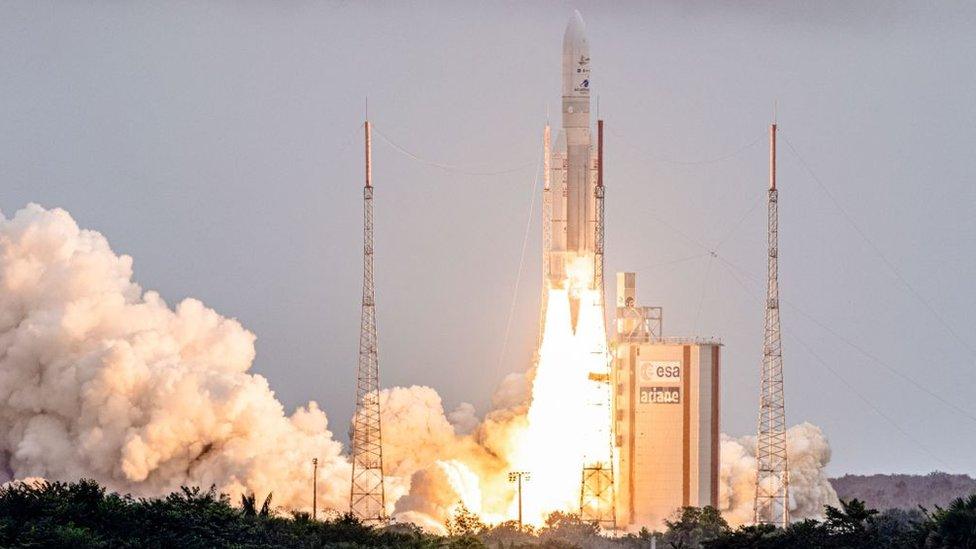
Nasa launched the James Webb telescope on 25th December last year, on its mission to show the first stars to light up the Universe. The telescope is named after one of the main scientists behind the Apollo Moon landings and is the successor to the famous Hubble space telescope.

The telescope took thirty years to put together and is made of 18 mirrored segments specially designed to capture infrared light from the first galaxies that formed in the early universe. It had to be folded up for the launch and could only be released and fully assembled once it was in space - which was a slow, tricky and delicate process.
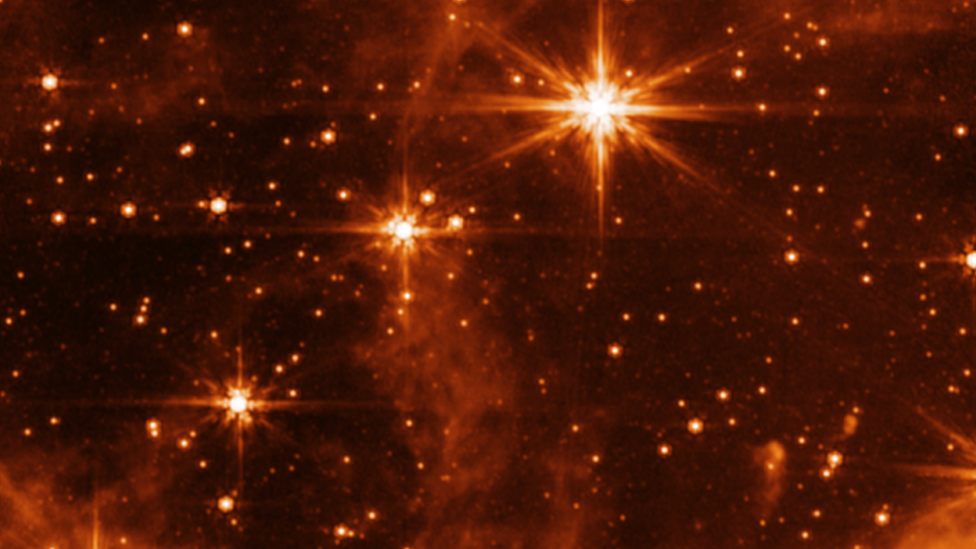
In May, Nasa released one of the first images taken by the James Webb telescope. It showed part of a nearby galaxy called the 'Large Magellanic Cloud' that orbits the Milky Way. One of the many aims of the telescope is to train it to find atmospheres of distant planets to see if those worlds might be habitable.
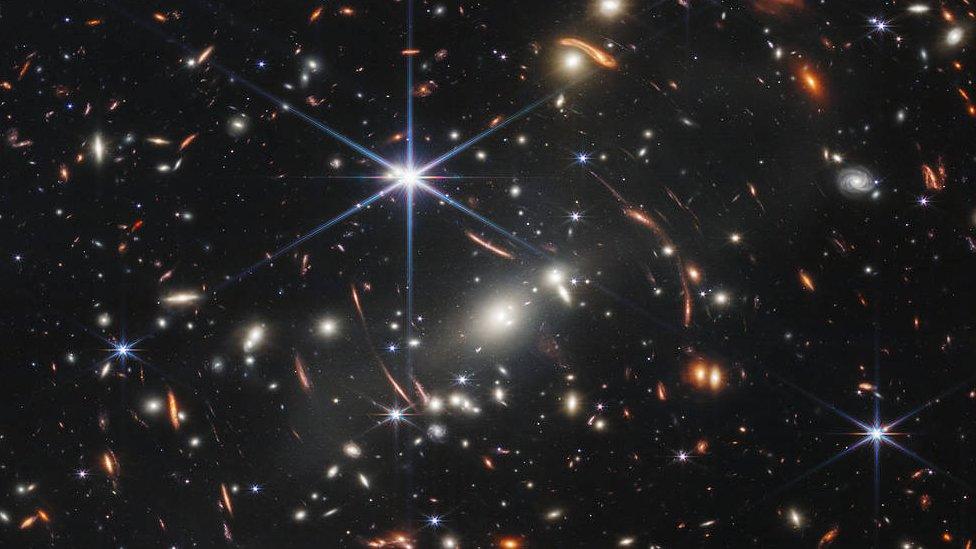
Two months later, Nasa finally unveiled what the scientific world had been waiting for - the first full-colour images taken by the telescope. And the pictures certainly didn't disappoint! They revealed detailed images of the early universe, including this one of galaxy cluster SMACS 0723, which containing light from galaxies that has taken BILLIONS of years to reach us!
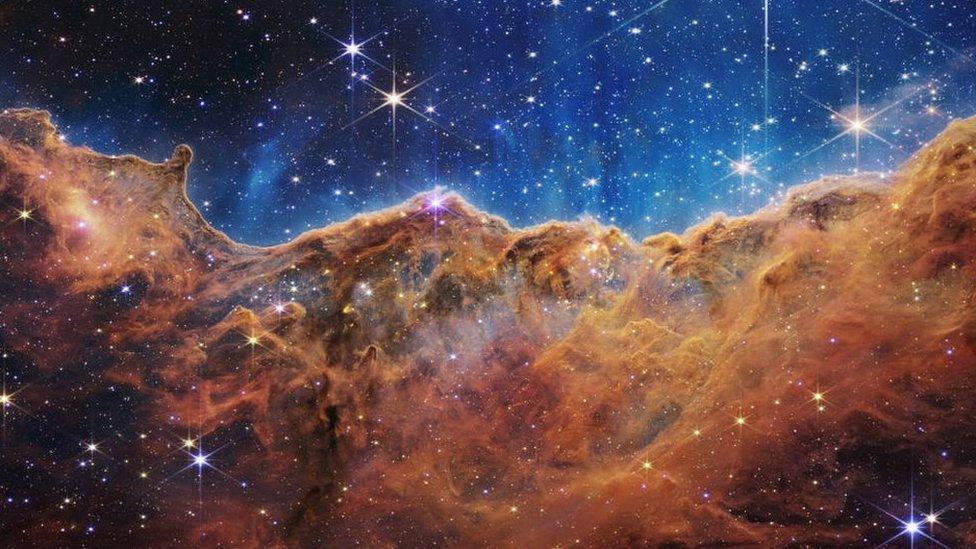
The images also showed us a rare glimpse of stars in their early stages of formation. This picture of the Carina Nebula is one of the largest and brightest star-forming regions in the sky, located roughly 7,600 light-years from Earth. A light-year is the distance travelled by light in 1 year - around 5.8 trillion miles!
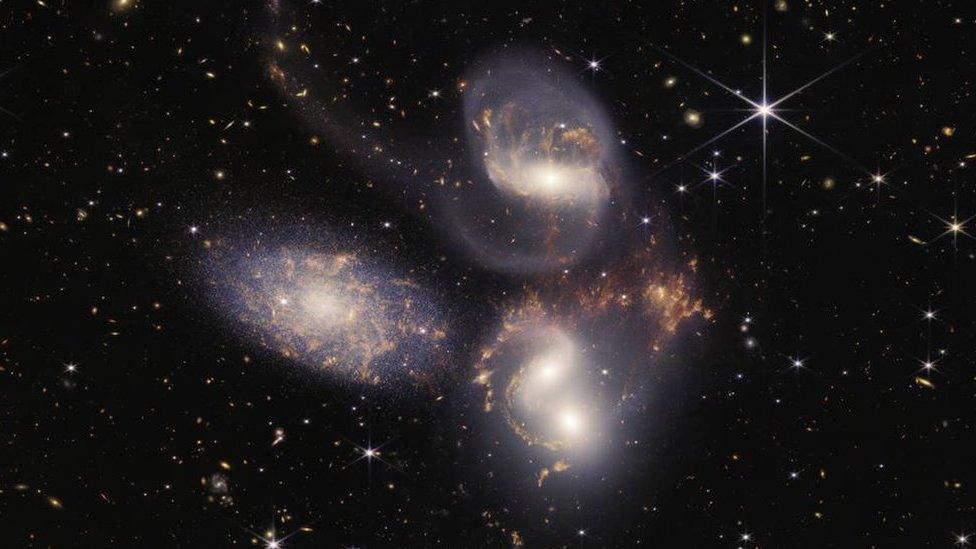
Around 290 million light-years away from Earth is Stephan's Quintet, which is located in the Pegasus constellation. It's famous for being the first compact galaxy group ever discovered. The telescope captured in great details the sweeping tails of gas, dust and stars as the galaxies merge together because of gravity.
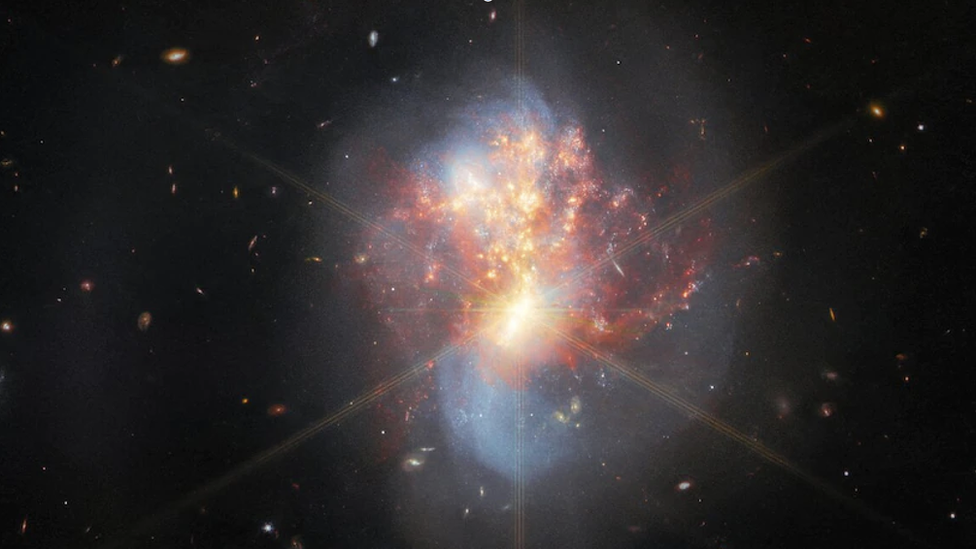
The James Webb telescope might be new, but it's not the only picture it's snapped of galaxies colliding into one another. This image shows two galaxies combining more than 270 million light-years away, which begins a frenzy of star formation known as a starburst. Nasa say the information from the picture will help astronomers better understand the difficult ecosystem interactions in space.
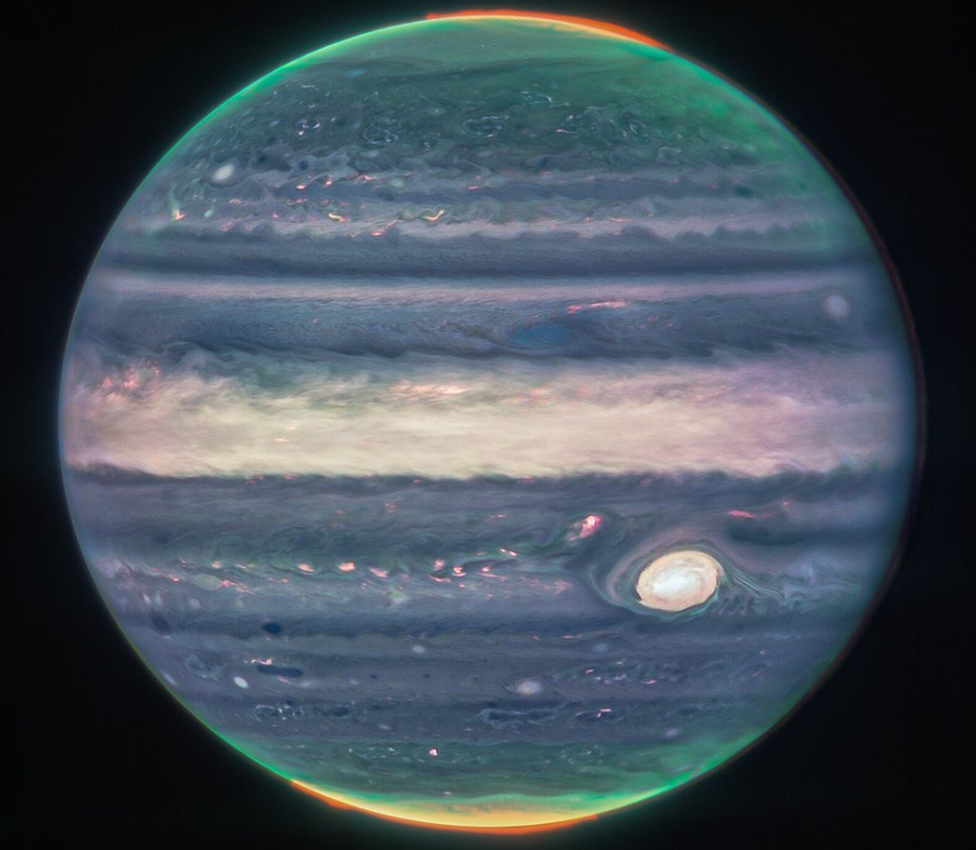
The telescope has been hard at work snapping some of the Milky Way's other planets too - such as this picture of Jupiter which was created from several images taken by the space telescope. It shows in detail giant storms, moons and rings surrounding the solar system's biggest planet, that astronomers have described as "incredible".
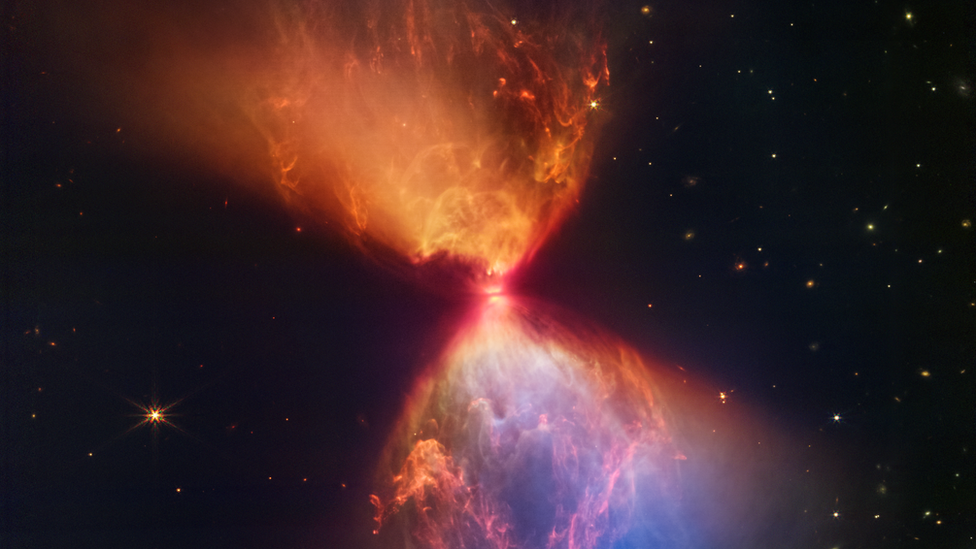
Last month, the telescope revealed this colourful 'hourglass' picture - which is actually what a star looks like at the earliest stage of formation. It's only around 100,000 years old which is actually pretty young for a star - our Sun in comparison is around 4.6 billion years old! With so much new information already captured, space experts are excited at the thought of what the James Webb telescope might find in the future.
